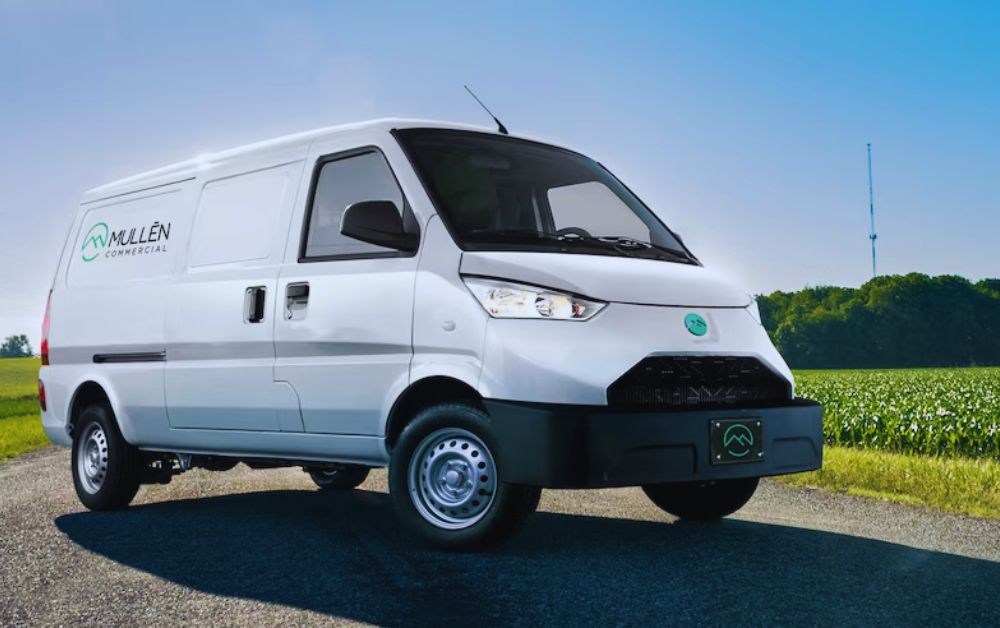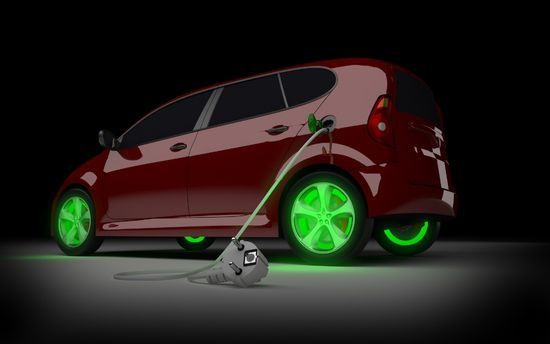Exploring Mullen Automotive’s Commercial Innovations: The Mullen One EV Cargo Van and Beyond

In the ever-evolving landscape of electric vehicles, Mullen Automotive emerges as a fascinating enigma, capturing the attention of critics and enthusiasts alike. Despite its share of skepticism and controversy, Mullen has embarked on an ambitious journey to reshape the electric vehicle industry. This blog delves into their story, focusing on their latest offering, the Mullen One EV cargo van, and their future aspirations, which include a GT supercar and a Tesla Model Y rival. Join us as we unravel the unique path Mullen Automotive is treading and explore the innovative vehicles they’re bringing to the market.
Mullen Automotive: A Promising Journey from Commercial Vans to Supercars
Mullen Automotive, a startup specializing in electric vehicles, has faced its share of skepticism. In August 2022, Hindenburg Research criticized the company for its ambitious promises and stock-boosting press releases that hadn’t materialized. Despite the doubters, Mullen continues to secure funding and is now executing a “commercial first” strategy. Their Mullen One Class-1 commercial van is already making deliveries, and we had the opportunity to test drive their products during a recent nationwide tour in Detroit.
The Mullen One: Filling the Void in Class-1 Vans
Major players like Chevy, Ford, Nissan, and Stellantis have exited the Class-1 delivery van market, leaving a substantial opportunity. Mullen aims to capitalize on this by offering the U.S.-homologated Chinese Wuling EV50, powered by an 80-horsepower electric motor located at the rear axle. With a 42-kWh battery, it can travel approximately 110 miles on a Level 2 charge. Despite its lightweight nature, it can carry up to 1,683 pounds of cargo in its 157-cubic-foot storage area. Mullen acquired Electric Last Mile Solutions, which had developed many uniquely American components, and has now shifted final assembly to a facility in Tunica, Mississippi. This move makes the One eligible for federal and state tax credits, reducing its sticker price to an attractive $27,000 for qualified buyers.
Driving Experience: The Mullen One
From a passenger car perspective, the Mullen One may not be the most luxurious option. It exudes a somewhat cheap and brittle feel, and certain details like the seat belt pretensioner cover are uncomfortable. Amenities are basic, including AC, power windows, a USB-A charging port, and a single-DIN AM-FM radio with an eighth-inch aux jack. Acceleration is modest, and it tops out at 55 or 65 mph depending on the drive mode. Regrettably, there’s no one-pedal driving, and the ride quality can be bouncy due to the rear live axle’s leaf springs. While it’s nimble, a few aspects, like the turning circle, might deter delivery drivers looking for a more comfortable option.
Mullen’s Future: The GT Supercar and the Mullen Five SUV
Mullen has ambitious plans for the future, including the introduction of a GT supercar in 2026. This supercar, originally known as the Qiantu K50, impresses with its design and reasonably well-sorted chassis. However, it doesn’t boast overwhelming power, making it more of an attention-grabber than a rocket ship. Mullen also hints at a more powerful RS version down the line.
Looking further ahead to 2026-2027, Mullen has its sights set on the Mullen Five SUV, positioned as a competitor to the Tesla Model Y and Ford Mustang Mach-E. This vehicle represents Mullen’s first all-American design, developed with input from ARRK Engineering. It boasts a distinctive exterior and offers variations from a 385-hp base model to an impressive 1,100-hp range-topping version. While we saw it in action, we couldn’t experience the ride. The base model aims for a $55,000 base price and shows promise, although some aspects still appear like those of a show car.
Conclusion
Mullen Automotive faces challenges and skeptics, but the company’s commitment to innovation and the introduction of the Mullen One EV cargo van and its future endeavors in the supercar and SUV market deserve attention and support. We hope to see Mullen achieve its goals and continue to contribute to the American auto industry.
Related Articles

Unveiling the Speed Demons: Which EV Charger Is the Fastest?
In the realm of electric vehicles (EVs), speed is no longer confined to the roads alone. With the rapid evolution of EV charging technology, the race is on to develop the fastest chargers that can power up your electric ride in record time. As the demand for efficient charging solutions grows, the question on every EV enthusiast’s mind is: Which EV charger is the fastest?

Electric Vehicle Myths Debunked: Separating Fact from Fiction
As technology continues to evolve and infrastructure improves, the future of electric mobility looks brighter than ever. Let’s dispel the myths and embrace the electrifying potential of EVs for a cleaner, greener tomorrow.

Unveiling the Mechanics: How Electric Car Transmission Works
While many are familiar with the basics of electric cars, understanding the intricacies of their transmission systems remains a mystery to most. So, let’s delve into the heart of the matter and uncover the mechanics of how electric car transmission works.

Unveiling the Dodge Electric Muscle Car: Release Date Announced!
The impending arrival of an electric muscle car from Dodge has stirred up a storm of debate and anticipation within the automotive community. The very notion of an “electric muscle car” has sparked intense discussions, with some purists questioning its authenticity while others see it as a promising evolution of the genre.




